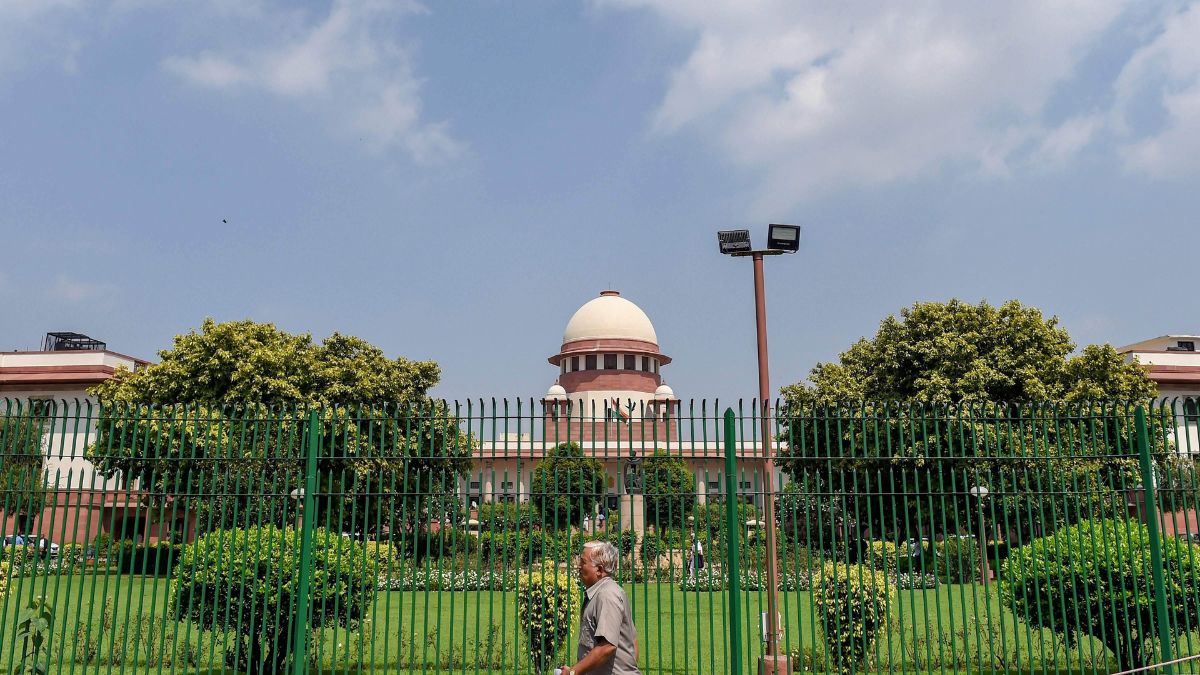In response to the alarming rise in student suicides across the country, the Supreme Court of India has issued a comprehensive set of 15 guidelines targeting educational institutions, including schools, colleges, coaching centres, universities, training academies, and hostels.
The court highlighted that academic stress, exam pressure, and inadequate institutional support are driving many students to take their lives.
Measures mandated by the top court
The guidelines mandate measures such as compulsory mental health counselling, effective grievance redressal mechanisms, and robust regulatory oversight across all educational settings.
The court directed that “Dedicated mentors or counsellors shall be assigned to smaller batches of students, especially during examination periods and academic transitions, to provide consistent, informal, and confidential support.”
All teaching and non-teaching staff must undergo mandatory mental health training at least twice annually, conducted by certified professionals.
This training will cover psychological first aid, identifying distress signals, responding to self-harm, and proper referral processes. Institutions are also required to ensure staff engage sensitively and inclusively with students from vulnerable and marginalised communities, maintaining a non-discriminatory approach.
Setting up of internal committees
Further, the court ordered the establishment of internal committees to address complaints related to sexual harassment, ragging, and other grievances, while also providing psycho-social support to affected students.
Institutions must integrate mental health literacy, emotional regulation, and life skills into student activities, conduct parental sensitisation programs, and maintain anonymised wellness records for students.
The court emphasised visibility of support resources, stating, “Suicide helpline numbers, including Tele-MANAS and other national services, shall be prominently displayed in hostels, classrooms, common areas, and on websites in large and legible print.”
How many students are committing suicide in India?
These directives were informed by National Crime Records Bureau (NCRB) data, which recorded 13,044 student suicides in 2022 out of 1,70,924 total suicides nationwide, with 2,248 attributed to exam failure.
This marks a sharp rise from 5,425 student suicides in 2001, with students accounting for 8 out of every 100 suicides. The court described these numbers as evidence of systemic failures requiring urgent action.
Impact Shorts
More ShortsThe bench, comprising Justices Vikram Nath and Sandeep Mehta, stressed the need for institutional safeguards to shield students from psychological distress, academic pressure, and lack of support.
Invoking Article 32 of the Constitution, the court issued these guidelines, which will have the force of law under Article 141 until Parliament or state legislatures enact relevant legislation. The guidelines align with the efforts of a national task force on student mental health, led by retired Supreme Court judge Justice Ravindra S. Bhat.
If you or someone you know wants help for mental well-being, don’t hesitate to talk to a professional. You can contact local authorities and also encourage the person to contact a suicide prevention hotline using the information in the above link.
)